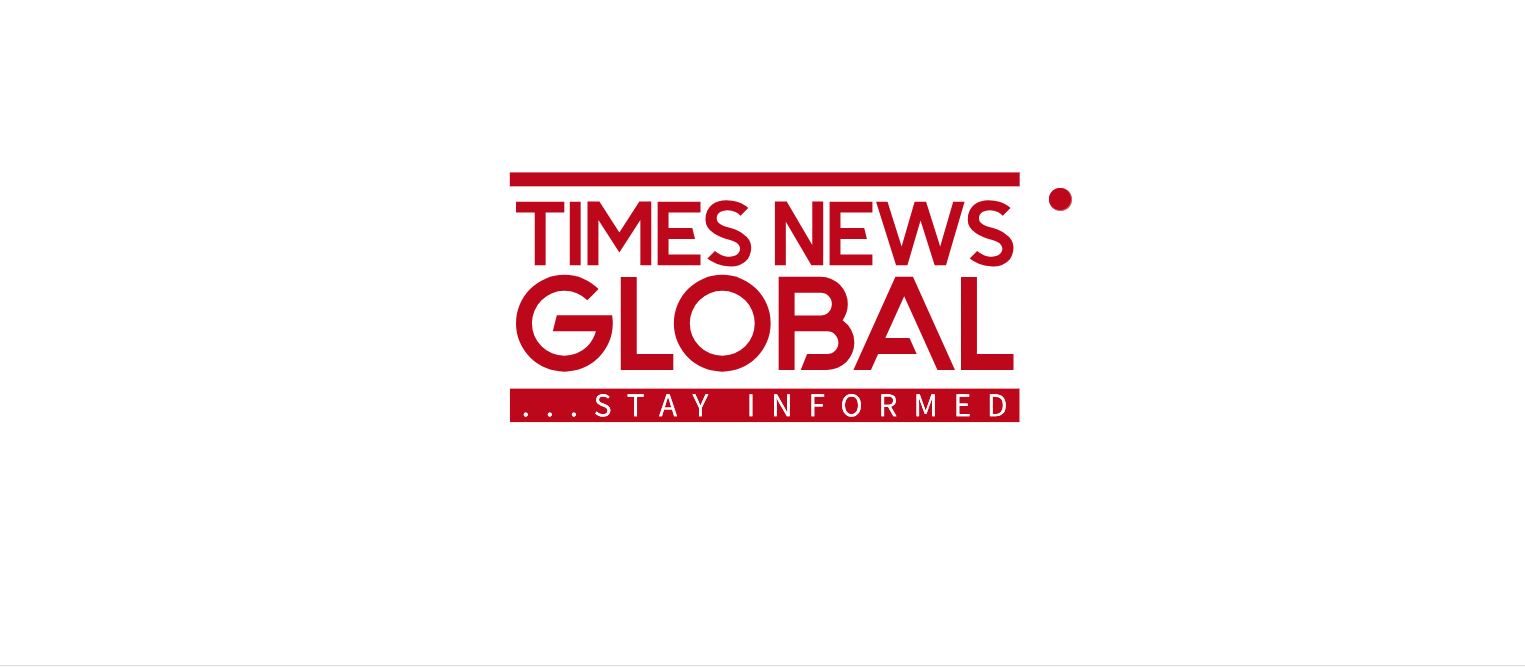Business
Multilateral Lenders Exploring Hybrid Financing with World Bank Set to Debut $1 Billion Hybrid Note

The World Bank is gearing up to issue its first hybrid note on the capital markets, with plans to raise up to $1 billion this year. This move comes as multilateral lenders face increasing pressure to diversify their funding strategies and expand lending opportunities, particularly in support of developing economies. The G20 group of major economies has encouraged such institutions to explore hybrid financing structures as a means to enhance their balance sheets and boost financial support for critical global challenges, including climate change.
Following the successful issuance of a hybrid capital note by the African Development Bank (AfDB) earlier this year – which marked a milestone for the multilateral lending sector – the World Bank is now poised to follow suit. George Richardson, the director of the World Bank Treasury’s capital markets and investment department, revealed that the institution is actively working towards a potential pilot transaction within the current calendar year.
Richardson emphasized the significance of this initiative in testing a new avenue for fundraising and aligning it with the World Bank’s mission and capabilities. The institution is engaging with investors to gauge interest in the upcoming hybrid note issuance while closely monitoring market conditions to ensure optimal timing and reception.
One key point of contention is the credit rating that will be assigned to the hybrid instrument. Richardson expressed confidence in the World Bank’s creditworthiness, arguing that multilateral development banks should be assessed differently from commercial banks and corporates. He highlighted discrepancies in the rating agencies’ methodologies, which typically assign lower ratings to hybrid capital instruments compared to senior, unsecured bonds.
Moody's, a leading credit rating agency, had previously assigned an AA3 rating to the AfDB’s hybrid capital note, positioning it three notches below the bank’s AAA-rated bonds. The market response to the AfDB issuance, which initially debuted above par value, serves as a reference point for the World Bank’s upcoming venture into hybrid financing.
As multilateral institutions continue to innovate in the realm of finance, the World Bank’s foray into hybrid notes signals a shift towards more diverse funding mechanisms and a broader investor base. Stay tuned for further developments on this groundbreaking initiative.












